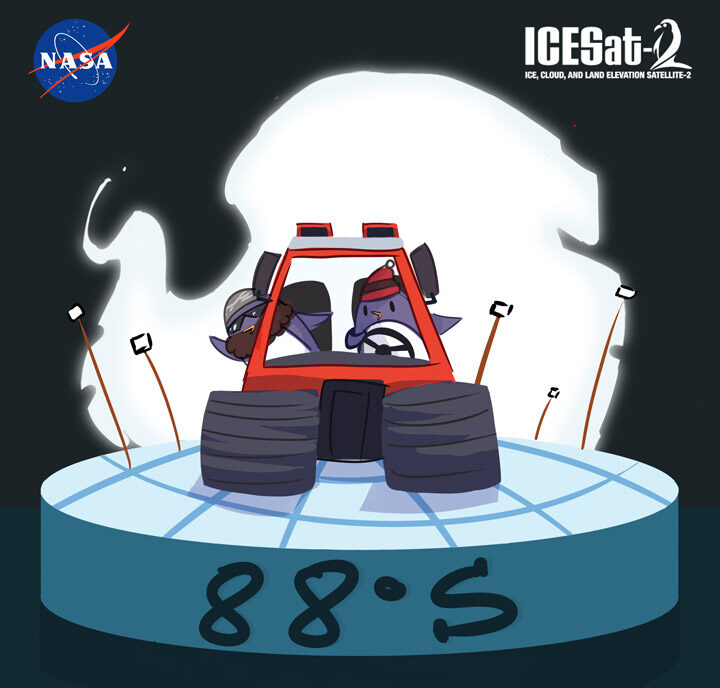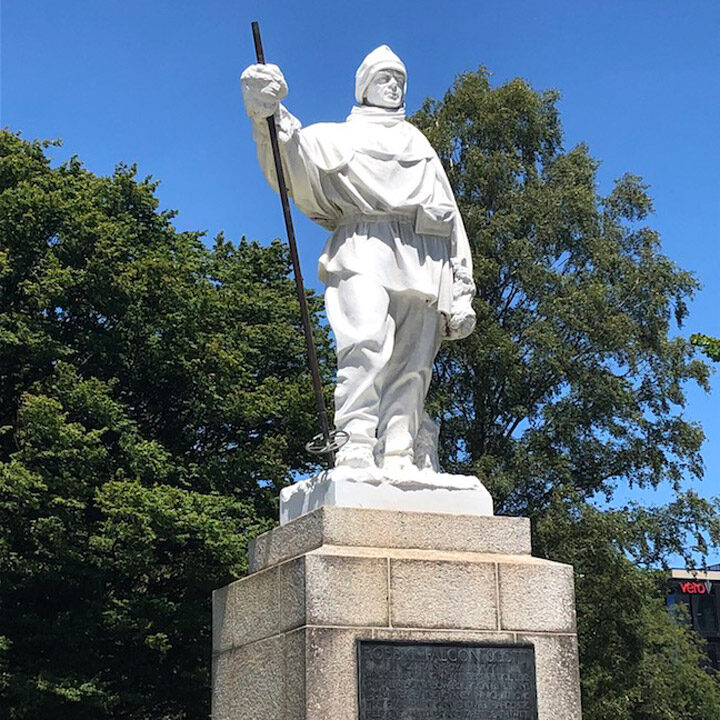
It’s that time of year again: Time to conduct another 88S Traverse! We have made it to Antarctica for a second straight year, in support of NASA’s ICESat-2. You can read all of our posts, including those from the 2017-2018 88S Traverse here. And here’s a fantastic video that describes last season’s traverse in great detail.
After a quick stop in Christchurch, New Zealand, we made it to McMurdo Station, which sits on the coast of Antarctica.

The 88S Traverse is a ground-based survey intended to collect highly accurate and precise GPS elevation data for direct comparison with ICESat-2 surface height data. The traverse is conducted using 2 PistenBully tracked-vehicles that pull our camping equipment and science instrumentation along the ice sheet. ICESat-2 is a satellite laser altimeter, designed to measure the surface of the Earth to an accuracy and precision of something on the order of the width of a pencil! Our goal with the 88S Traverse is to validate that ICESat-2 is meeting that level of accuracy and precision.
This season is a bit special; ICESat-2 was launched earlier this year, making this the first 88S Traverse that will be coordinated with the satellite observations. ICESat-2 launched in the wee hours of September 15, 2018. And even though it was a super early morning for me, and I did not have enough coffee in my system, the event was spectacular. ICESat-2 is currently collecting data globally, including over our field area around 88S, with the expectation of releasing these data to the public in early 2019.
More recently, NASA’s Operation IceBridge completed their Antarctic field campaign. Their flight plans included surveying the 88S Traverse route. The actual flight over our area occurred on November 12, 2018. Our survey area doesn’t change that much over short time scales. There isn’t very much snowfall (input) and it’s very cold, so there is almost no melt (output). The processes that change the surface at a detectable level happen at much greater time scales. These include compaction of snow that falls over time on the surface (we call this firn compaction) and snow migration form the wind. Therefore, the November data collected by IceBridge will be very comparable to the data that we will collect, less than two months later.
We are currently at McMurdo, waiting for weather to clear so that we can get to the South Pole. From there, we will take about a week to build the sled platforms, and then we hit the road. And by the end of our field season, we will have ground-based, airborne, and satellite data for comparison!




